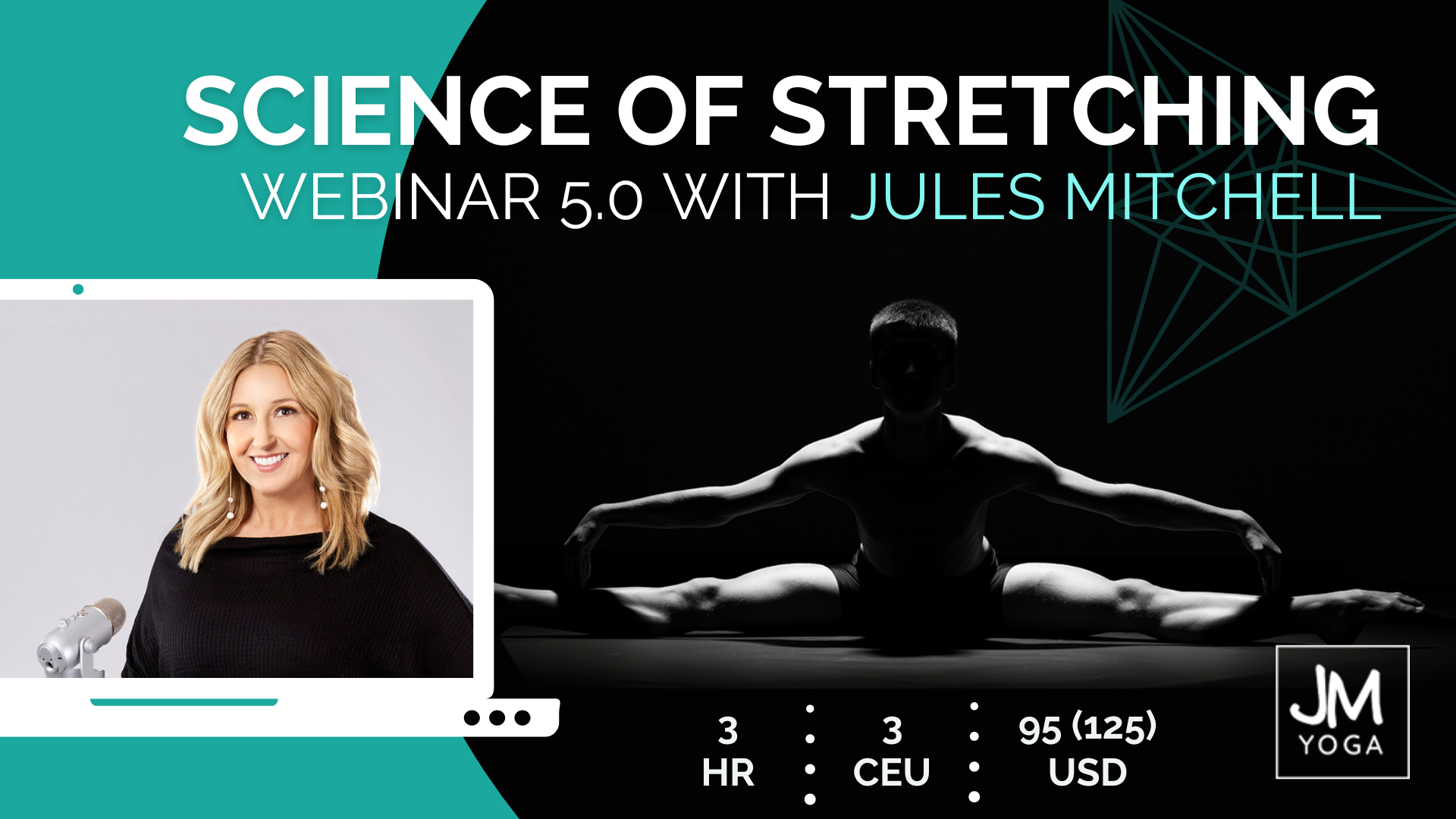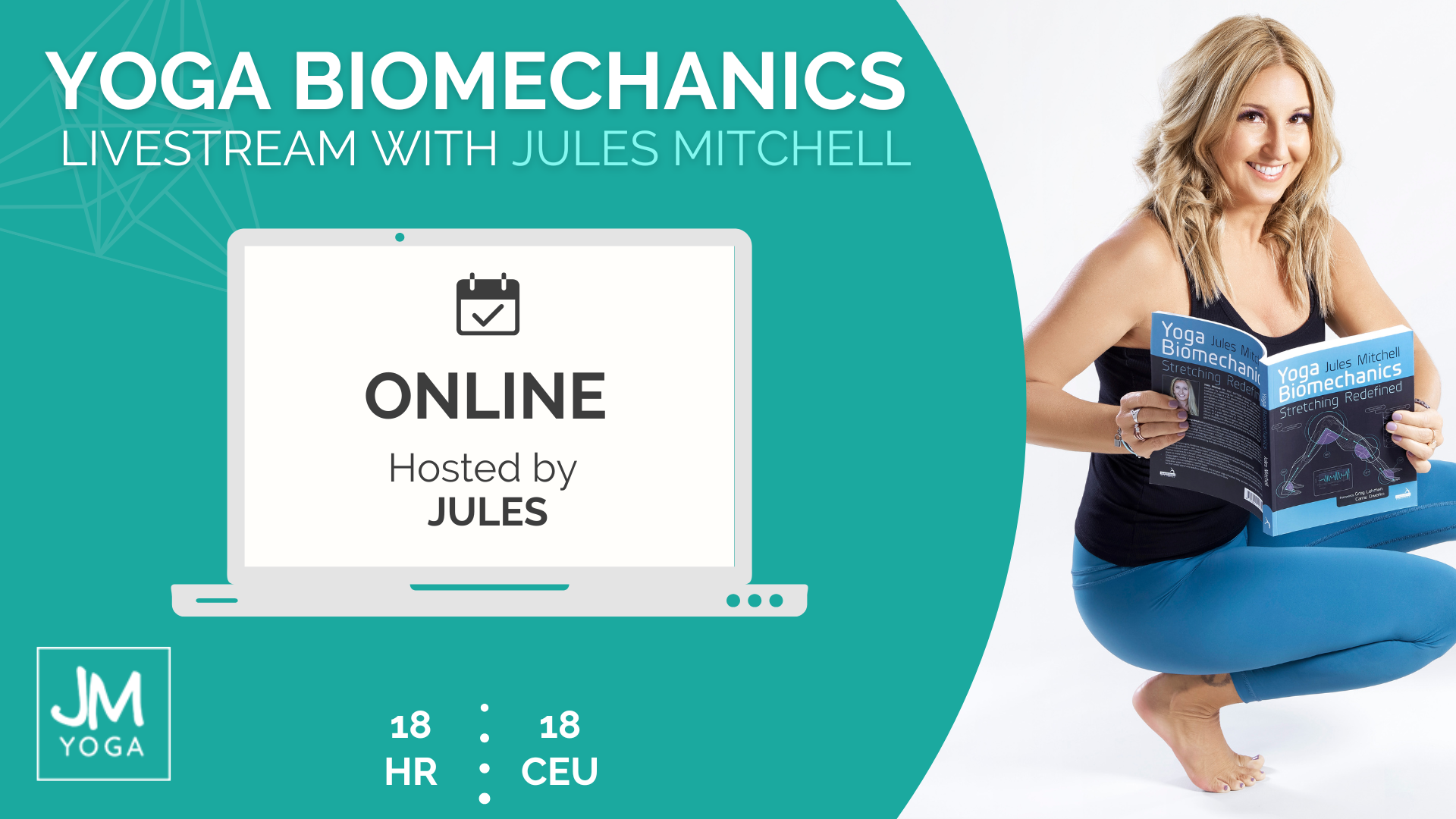Can Yoga Reverse Osteoporosis?
The Thought Provoker in this post is a bit different than usual.
I’m asking a single yes/no question about what you believe: Can yoga reverse osteoporosis?
After you’ve settled on either yes or no, perhaps sit for a moment and reflect on how you arrived at that answer. Maybe you know someone who has direct experience, or you’ve taken a workshop on this subject. Perhaps you lead your own workshops on yoga for osteoporosis or work in a lab and conduct research. This is a really good opportunity to take note of what factors have influenced you and contributed to your bias.
Last week, I presented a tissue mechanics lecture to the biomechanics undergrads at CSU Long Beach. I used the topic of yoga and bone density as an example of how tissue mechanics has shown in my line of work. I shared about this on social media and included a poll in my Instagram stories.
I was surprised at how divided the community was on this topic (see poll results below) and decided to record a version of my lecture to share with you all. You can watch it here and download the slides here.

Why Tissue Mechanics Matters To Yoga Teachers
When I was writing my book, I was challenged to make a biomechanics education useful and applicable to yoga teachers right away. While I’m always in support of continued education, I can appreciate that it’s important to understand why it matters. Of all the subjects under the biomechanics umbrella that I found fascinating, tissue mechanics is the one that offered the greatest insight in terms of asana.
Yoga teachers are bombarded with conflicting messages about the risks and benefits of certain poses. For example:
- Headstand is the king of asana but should be retired
- Hip openers are great stretches but externally rotates poses cause labral tears
- Yoga is safe but can cause injuries
- Yoga improves flexibility but you’re overstretching
- Yoga reverses osteoporosis but could cause fractures
Understanding adaptation helps you make sense of such yoga contradictions.
Learning about what biological tissues are made of, how they are structured, and how they behave gives you insight into their potential. Timelines of healthy remodeling, healing after injury, and normal age-related degeneration are also valuable when differentiating between bone, cartilage, ligaments, tendons, and muscle properties. When we understand the mechanisms of progressive overload and increasing capacity, it is easier to become aware of our bias and not be threatened when it is challenged. This type of education gives you the power to stand confidently in the face of uncertainty.
If you enjoyed this Thought Provoker and want to learn more check out my continuing education offerings here.
Extend Your Learning: Online Education With Jules
Yoga Biomechanics Livestream
My flagship 3-day livestream course is for teachers who have an insatiable curiosity about human movement and kinesiology, are eager to know what the research says about yoga, and are open to accepting that alignment rules aren’t always accurate. Includes 30 days of access to the livestream replay and slides. 18 CEUs. Learn more >
Extend Your Learning:
Online Education With Jules

The Science of Stretching Webinar 5.0
This webinar is for teachers and students who have an insatiable curiosity about stretching, what it does, and how it works, while accepting that conventional stretching wisdom isn’t always accurate. Eligible for 3 CEUs. This course is offered in January and July each year. Learn more >

